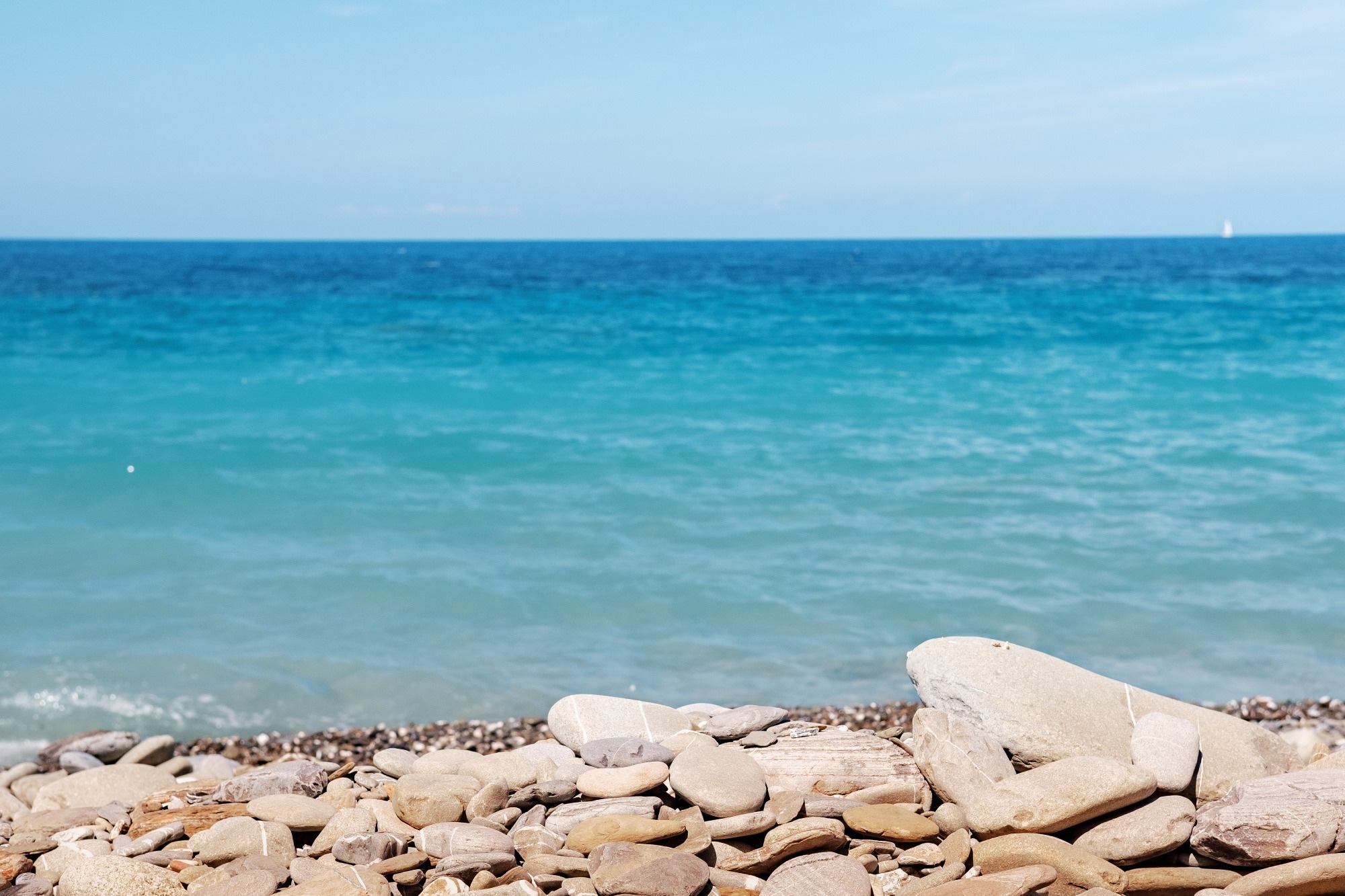Scientists have unlocked Earth’s ancient carbon cycle by reading tiny iron ooids, revealing billion-year shifts in ocean carbon that shaped climate and life’s evolution.

Image Credit: Kary B/Shutterstock.com
The oceans store vast amounts of dissolved organic carbon (DOC), a reservoir critical in regulating Earth’s climate and fueling marine ecosystems. But, until now, scientists have lacked a direct way of tracing DOC levels deep into the planet’s past.
Recently published in Nature, a team has just answered this problem by developing a method that traces DOC levels, using tiny spherical iron oxides to investigate billions of years of organic carbon information. As they formed, these grains incorporated organic carbon into their structure, which is now being analysed many, many years later.
The Iron Ooid Proxy
At the heart of the study is the Fe-OC signature: traces of organic carbon bound to iron oxides such as goethite. To understand the DOC incorporation in oxides, the scientists first recreated ooid growth in the lab as a standard for comparison. They synthesized the grains by dissolving iron salts in carefully controlled solutions that mimicked natural marine conditions. They varied several parameters, including temperature, pH, silica content, and DOC concentration.
Across experiments, ranging from near-freezing to almost boiling and from acidic to alkaline waters, the synthetic minerals reliably trapped DOC. Fourier-transform infrared spectroscopy confirmed the presence and purity of carbon in these synthetic ooids, while fluorescence spectroscopy revealed molecular fingerprints consistent with natural samples.
Together, the different analytical techniques helped create a calibration curve that could then be applied to fossil ooids collected from 26 marine formations spanning 1.5 billion years of Earth history.
Reading the Carbon Record
Cross-referencing the fossil analytes with the calibration ooids revealed a striking picture. DOC levels were found to be high during the early Palaeoproterozoic, then plunged in the Neoproterozoic (a time when oxygen was rising in the oceans), and later rebounded in the Cambrian period.
The decline coinciding with ocean oxygenation suggests a fundamental shift: oxygen made organic matter more vulnerable to microbial breakdown, reducing the long-term storage of DOC. This, in turn, may have influenced the carbon cycle and atmospheric CO2, shaping both climate stability and the rise of complex life.
Download your PDF now!
Implications for Earth’s History
This study reveals much more about the co-evolution of marine chemistry and biology. By providing the first quantitative proxy for ancient DOC, the findings reveal that DOC levels expanded and contracted in tandem with global oxygen levels, linking microbial metabolism, ocean redox states, and climate transitions such as “snowball Earth” events.
The authors argue that integrating careful lab synthesis with rigorous isotopic and spectroscopic analysis offers a reliable method for reconstructing deep-time biogeochemistry. Beyond DOC, iron-bound organics may preserve further clues about nutrient cycling, microbial activity, and the drivers of major evolutionary leaps.
Next in Carbon's History
The work underscores how even microscopic mineral grains can archive planetary-scale processes. With iron ooids as guides, researchers can now map how the oceans’ organic carbon reservoirs waxed and waned over geological time—bringing fresh insight into Earth’s deep climate history and, perhaps, lessons for its future.
Journal Reference
Galili N., et al. (2025). The geologic history of marine dissolved organic carbon from iron oxides. Nature. DOI: 10.1038/s41586-025-09383-3, https://www.nature.com/articles/s41586-025-09383-3